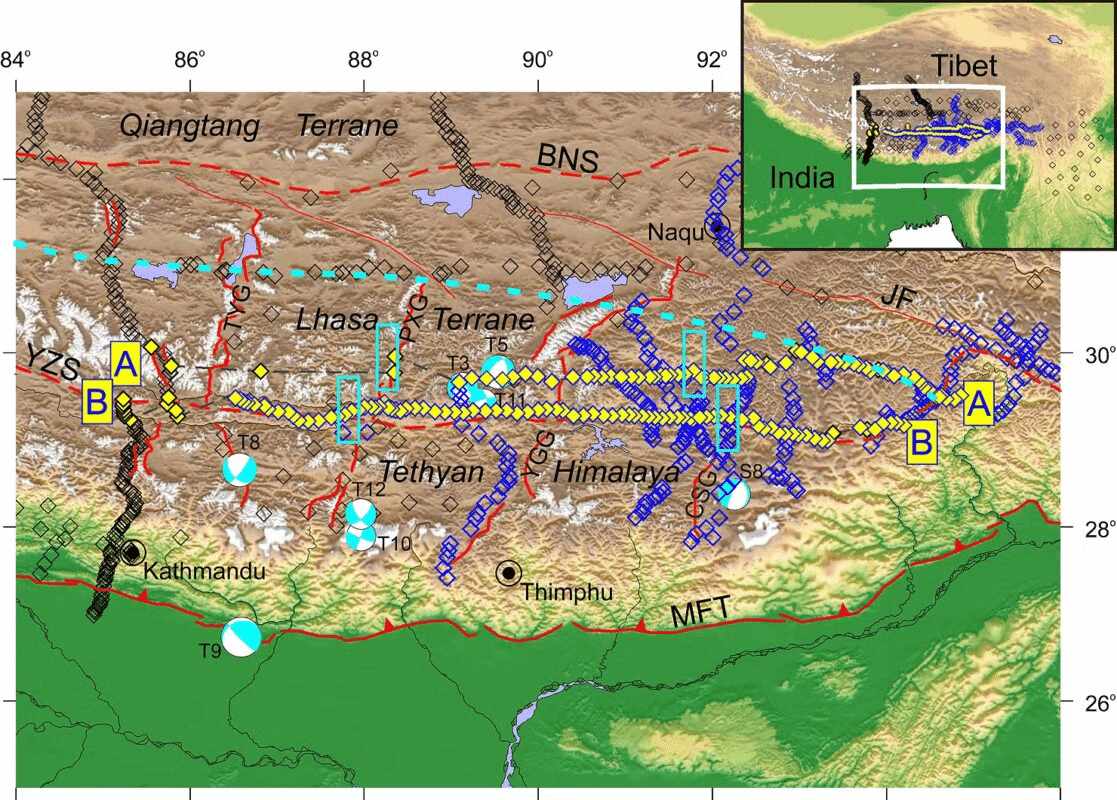Geologists have published a shocking discovery: The Indian tectonic plateau is splitting in half just below Tibet, a phenomenon that has never been observed directly before.
Research presented at the American Geophysical Union (AGU) Conference shows that instead of just sliding under the Asia- Europe zone, the heavier lower part of the Indian zone is emerging and sinking into the Earth's crust, while the upper part continues to move, creating an extremely complex geological mechanism called delamination - tearing up the plaque.
This phenomenon helps explain geological abnormalities in the Himalaya and the highest mountains in Asia, which form the highest peaks on the planet.
This is proof that continental plates can operate in a completely different way from previous theories, changing the understanding of earthquakes and plate formation, says Professor Douwe van Hinsbergen (Utrecht University).
Data from 94 earthquake stations in southern Tibet shows that the Indian Ocean has not sunk straight but has curved, folded and separated, creating cracks tens of kilometers deep. These are areas that are likely to accumulate earthquake energy, increasing the risk of major earthquakes in the future.

The collision between the Indian and Asian-European regions began about 60 million years ago, forming the Himalaya range and the Tibet plateau. However, the process of separating new patches discovered shows that the pressure and movement underground continues, causing the terrain here to continue to improve every year.
Understanding the peeling mechanism also helps scientists predict earthquakes more accurately. By modeling the movement of layers, experts can identify high-risk areas, thereby giving early warnings and implementing preventive measures.
This study also opens up a new direction for geological science: The phenomenon of plaque peeling may occur in other mountain ranges in the world, where the plaque forms strong collisions. This is a reminder that the Earth is always moving, and the earthquakes underground are a warning signal that humans cannot ignore.
The discovery not only changes the way we view the Himalaya, but also warns countries in the tectonic zone to be active about the risk of increased seismic activity if deep cracks continue to develop.











